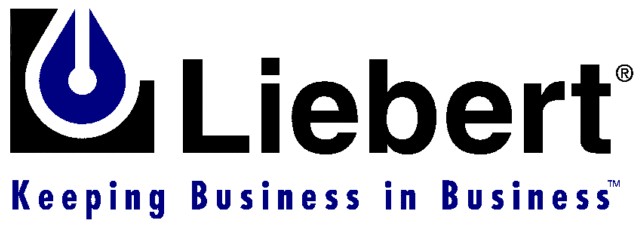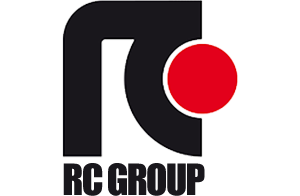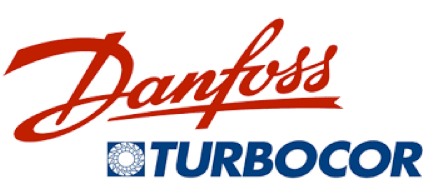

















- The following tasks are usually performed annually during a shutdown period in order to properly evaulate the chiller status.
- Record the operating data, noting general conditions and other applicable information.
- Review the chiller operating history and past operating reports so that the service personnel can properly evaluate the condition.
- Performing mechanical cleaning of condenser and evaporator tubes, including end cover gasket or 'O' ring replacement.
- Replacement of compressor oil (if necessary) and oil filter.
- Replacement of filter drier and purge drier (if applicable).
- Checking of controls and safety devices for proper operation.
- Insulation testing of motor.
- Visual check for any leakages.
- Checking of electrical connections, switches, contactors, relays etc. for tightness and proper operation.
- Checking of pressure and temperature gauges, sensors and transducers for proper operation.
Coming Soon
Coming Soon
Coming Soon
- This method is applied in inspection of heat exchangers tubes.
- ECT method detects pits, wall loss and cracks in tubes which will enable user to schedule for repairs during downtime or annual maintenance.
- Mostly used for non-ferromagnetic tubing like copper-nickel alloy, stainless steel and titanium.
- Oil analysis reports will help to analyse wear metals, oil and water patterns, and proper maintenance programmes can be put in place for improved performance.
- Oil sample information (when and where it was taken)
- Wear metals measured (copper, iron, lead, chromium etc)
- Additives measured (zinc, magnesium etc)
- Contaminates (water, silicon)
- Oil properties (viscosity, SAE/ISO)
- Vibration analysis allows user to evaluate the conditions of the equipment and avoid failures.
- It is usually used to determine failures not restricting to:
1) Defective foundation
2) Coupling misalignment
3) Mechanical looseness
4) Excess bearing to shaft clearance
5) Bent shaft